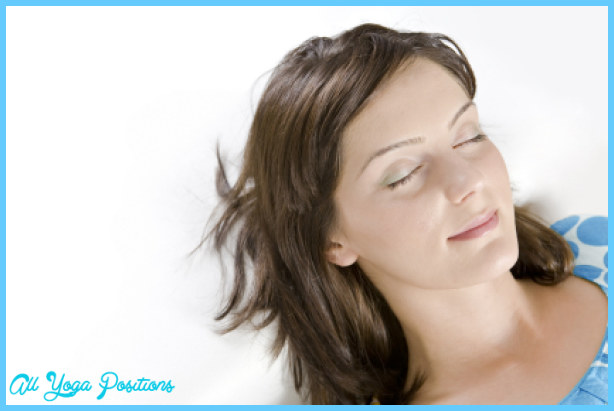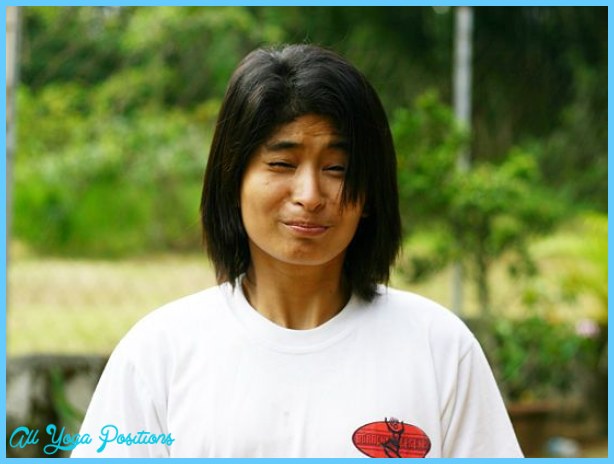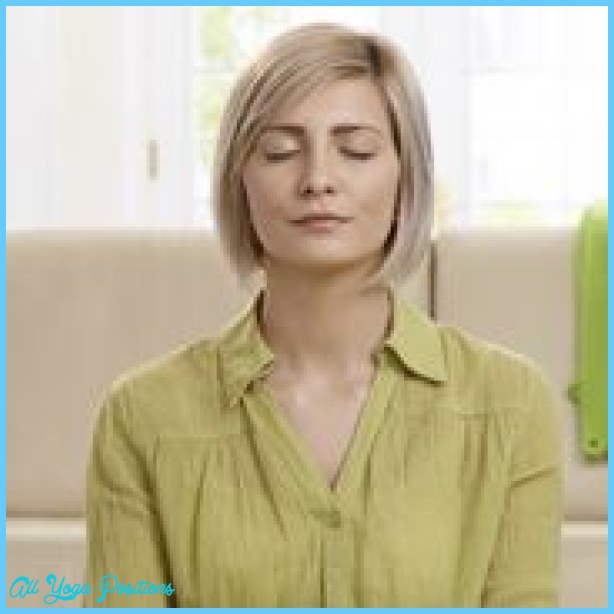Muscle relaxation is the key to this particular programme and a few minutes spent defining relaxation in its special relationship to muscle tension is worthwhile.
To start with, you must grasp the idea of a two-way link between emotions and what is happening to the muscles throughout your body. Consider the simple example of fear. When we experience the sensation of fear one of the automatic responses of the body is to increase muscle tension – to get us ready for fight or flight (see also Chapter 4). This is the first part of the two-way link. What is less commonly realized is the second part: if we start at the muscle end of the emotion or feeling of fear rather than at the brain end, and if muscle tension is reduced, then the experience of fear is also reduced.
I have taken fear as a simple everyday emotion, but of course in practice emotions and feelings are complex and I will examine them in more detail later in the book. For the time being let us stick with this simple example and examine further the relationship between mind and muscle. Unless it is understood how relaxation of muscle can bring about relaxation of mind you may be tempted to dismiss the whole thing as a bit of pseudo-scientific mumbo jumbo.
Doctors and scientists stick labels on certain bodily functions and thus complex medical words evolve. Although these words give those who use them regularly a fair idea of what they are talking about, they mean little or nothing to the general reader. This is a pity because the people who coined the words knew exactly what they meant to say. One such word is proprioceptive. This adjective is used scientifically to describe nerve impulses that are generated from within (inside) the body. Proprioceptive impulses of the greatest importance are generated in muscles and around tendons and joints.
A main function of these proprioceptive impulses is to tell you, for instance, what position your leg is in when you have your eyes shut. These impulses give accurate information when the forces of gravity are acting on you (e.g. when your [heavy] foot is touching a [rigid] floor) but so cleverly are they tuned that in no-gravity situations (e.g. in a swimming pool) your proprioceptive impulses still tell you exactly where your limbs are and what your body generally is doing under water, even though you cannot feel gravity working on it in the usual way.
Having understood what the modern medical scientist means by proprioceptive, adding as it does to the two-way nerve-muscle concept, let us return for a moment to the word proprioceptive and the concept of a proprioceptive muscle-nerve state. The word prop-rium, related to the word property, also means the essential nature of something, or (and this seems most important) its selfhood.
This concept gives us insight into the nature of the body’s response to muscular relaxation. The relaxed muscle feeds information about its relaxed state to the mind, which is very relevant to the selfhood at that moment. Experiments have shown that the relaxed muscle and the relaxed self go together, and this is only logical.
On Day One you will begin to learn about the contribution of muscle relaxation to the whole body, and you will also learn how through selfhood manipulation at this muscular level you can feel better and calmer.






